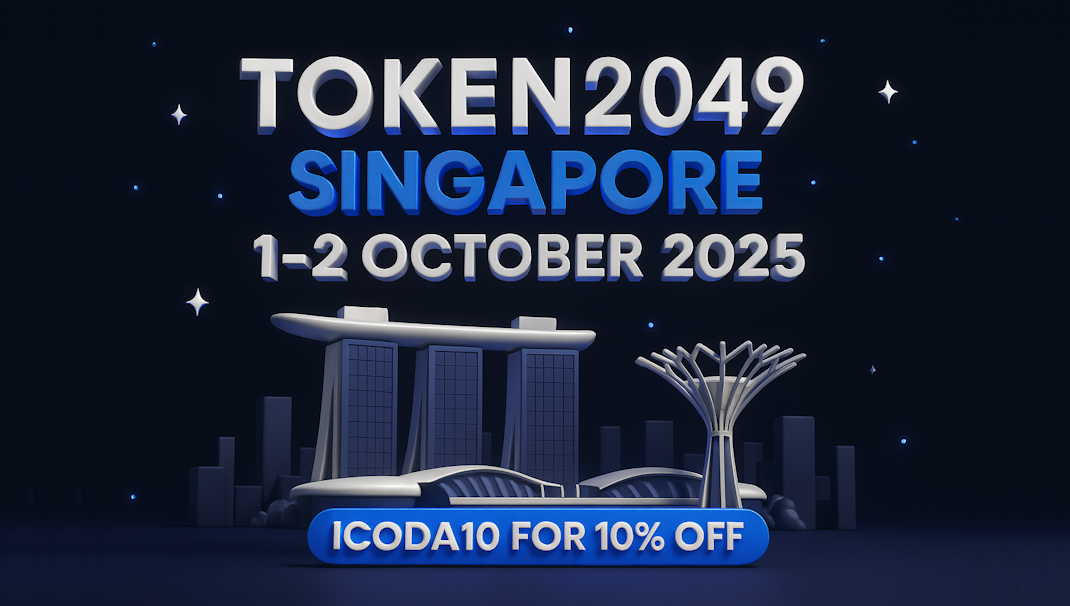share
Every marketing professional constantly monitors the market situation, tracking emerging trends and trying to predict what will happen in the industry in the near (or not-so-near) future. But it is also extremely useful to check what our colleagues think, compare ideas, and maybe even start a productive discussion.
One of the most interesting examples of new trends analysis, in our opinion, was published by Coinbound – one of the most famous crypto marketing agencies on the market. But we would like to add a little bit to their conclusions.
Short-Form Content Dominates the Market
TikTok took the Internet by storm a few years ago, and it doesn’t look like it will lose its lead any time soon. Other platforms mimicked TikTok’s approach by implementing their own short-form content categories, like YouTube Shorts and Instagram Reels, which also turned out to be quite popular.
To be fair, short-form content popularity is driven not only by the audience but by the platforms themselves as well: algorithms favor such content. It would be foolish for any marketer not to take advantage of this. Short videos can indeed be extremely useful for lead generation to long-form content, but they can also be great marketing tools on their own.
But it is worth remembering that “short-form content” doesn’t mean “low-effort content.” Short videos must be high-quality, interesting, and captivating in order to attract the audience. It is especially true now since the novelty of short-form content is no longer a factor. In fact, short videos are even more challenging from the creative point of view – you have to get the point across almost really quickly.
Increase in AI Use
The use of AI tools is a major factor in marketing already, and we agree with Coinbound that the AI role will continue to grow.
It is impossible to ignore all the benefits that AI tools provide in terms of analytics, campaign tailoring, and optimization. Marketers who are able to use AI tools effectively have a tremendous advantage over the competition.
However, at the moment, AI is most often used for content generation and chatbots. While the latter is undeniably effective and useful, the former is much more tricky. While AI can speed up more mundane and routine aspects of content creation, it would be a mistake to rely on it too much. AI can’t still match “meat bags” in creativity, and if the audience spots AI-generated content (which is not that difficult), it will cause an overtly negative reaction. After all, people subconsciously appreciate that someone put effort into the content they consume and can feel cheated when they realize that the effort was put in by a machine, not another human being.
Growth of Influencer Marketing
The rapid fall of the NFT market did damage the crypto influencers market, but the latter managed to recover faster than the former. We can already see a new surge in both interest in influencer marketing from crypto businesses and ROI on this marketing channel.
However, influencer marketing is not the same as before. First of all, we see a much stronger emphasis on transparency in this segment. On the one hand, it helps build the audience’s trust. On the other hand, influencers and marketers should be much more responsible under the new market conditions.
Second, the proliferation of new analytical tools, including AI-based ones, helps a lot with targeting and tailoring advertising campaigns in this area as well. It has become much easier to pick the most suitable influencers for any specific project and to monitor their effectiveness and ROI.
However, there are two important emerging trends that were, unfortunately, omitted by our colleagues at Coinbound.
Evolving Regulations
Regulations on crypto, NFTs, DeFi, and Web3 are rapidly evolving around the world. It is not only about blockchain technologies and digital assets themselves but also about advertising.
The fact that crypto marketing gradually leaves the “grey area” is great – the way to build relationships with different platforms becomes much clearer. However, it also means that crypto marketers should keep a keen eye on the ever-changing regulatory fields. Especially since virtually all crypto marketing campaigns are global in nature and regulations in different countries and regions are very different and can even conflict with each other.
Decentralization of Marketing
The general trend towards further decentralization affects the marketing industry as well and in more ways than one.
- Decentralized platforms for paid ads gain traction. Theta Network, Brave, and other such platforms demonstrated impressive growth in both user numbers and turnover in 2023.
- Decentralized social media platforms and SocialFi gain popularity. The case of Friend.Tech demonstrated a significant interest in increased user agency and monetization of social interactions. Marketers should pay a lot of attention to emerging decentralized social media platforms to stay ahead of the curve.
- There are experiments with tokenization and gamification of marketing. The ability to earn tokens for brand interactions either in game form or more directly (such as participation in surveys) can be a powerful tool for audience engagement.
After all, the very idea behind crypto is decentralization and an increase in user agency. So, it is no wonder that supporting industries, such as crypto marketing, are influenced by these ideas.
This trend is fascinating and will certainly change the industry in the near future. We, as crypto marketing professionals, should adapt to these changes and embrace them.








